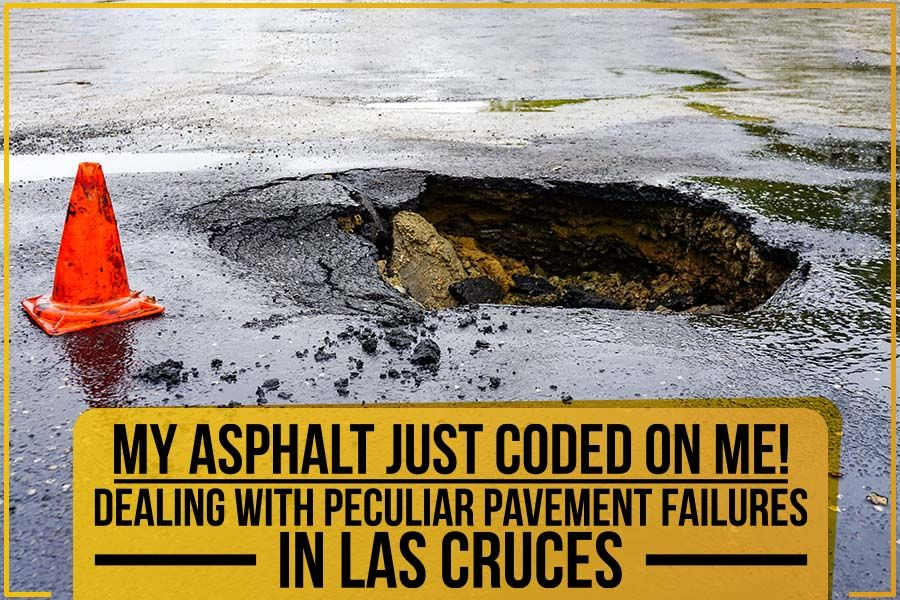
What may seem like a mere ‘crack’ to you is probably a cascading category of asphalt damage to an expert. It could be the surface, or a layer is missing, or the base is bad. Iterations keep running through a contractor’s head to arrive at the right way to deal with the damage so that it does not resurface again. So, an amateur going out on surface knowledge is bound to embarrass themselves before the experience and eye of a professional paving contractor, just like ours at Straight Edge!
We’ve come across many an odd pavement failure that we feel obligated to share with you since our absolute joy is helping clients develop an eye for things, too!
1. Block Cracks:
These cracks make the pavement look like it was cracked into rectangular sections. The cause is due to shrinkage of the asphalt because the poor-quality binder layer could not adapt to fluctuating temperature cycles. Dry and old asphalt will exhibit this cracking too. Small cracks require a sealant to guard against water intrusion, but extensive damages may require asphalt removal and overlay in the affected sections.
2. Flushing:
This is a hazardous issue, especially in winters or wet roads. With excess use of asphalt binder, the aggregate gets saturated like a sponge, especially if the aggregate was too finely blended. This is a design error in aggregate preparation. So, when heavy traffic resumes in ideal hot paving weather, the load compacts the asphalt and flushes out the binder to the surface like a shiny, oily film. The process is irreversible in winters and causes a lack of traction and becomes accident-prone. Minor flushing can be blotted out by applying sand, but in worse cases, the affected section is milled to remove excess asphalt or graded using heater planers.
3. Joint reflection:
This happens when a rigid slabbed pavement base is paved with a flexible layer. The most obvious case is paving asphalt over a concrete base. Rigid pavement has a more pronounced reaction to temperature cycles compared to flexible. Since concrete is paved in slabs, the point where the slabs join is where the overlaying asphalt cracks due to the underlying deformation processes. Small cracks are easily sealed, but cracks too deep to be filled require removal, replacement of slab, and an asphalt overlay.
4. Slippage Cracks:
These ‘cracks’ look more like loose elephant skin where the asphalt has slipped over the sub-base. This fault can occur when paving contractors don’t apply a tack coat to bond the asphalt layers. Or they skip out on a prime coat to bind the asphalt layers to the sub-base. Or oil and dirt are preventing the adherence of the asphalt to the subbase; the loose elephant skin is the result. Any section displaying this ‘loose skin’ requires a partial or a full-depth repair.
5. Wash-board Distress:
This type of odd failure makes the pavement look like it has ripples across its surface. It is common at road sections that experience extreme stress, like pavement intersections. It happens if the asphalt aggregate was too finely blended, which makes the asphalt soft, and forms a weak base. The only way to fix this is a full-depth asphalt repair.
Being a paving contractor is not just bragging about asphalt and compactors in a baritone at your local brewery after a job well done and a client left in awe. Contractors study to bend asphalt to their wills, and as is with all arts, it takes time and practice to have an eye for things. At Straight Edge Contractors, we market our level of experience and base our services on it so you may get the best deal out of our free estimates. We are active in the sun and rain of Las Cruces, New Mexico, so if you require our honed services, we are nearby and geared up to flatten the faults in your asphalt!



